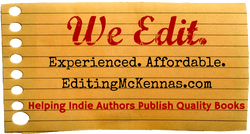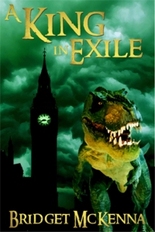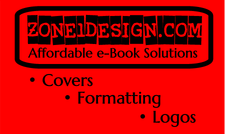
I had set a project deadline of 21 October, but due to the intricacies of ebook formatting and conversion, about which more below, I frequently despaired of making it. As it happens, the first book was for sale on that date, the second didn't pop up until sometime after midnight. I wasn't awake to see it.
Congratulations! It's a Book!
In the days when my publishing fate was tied in with traditional publishing, I have gazed lovingly at cover flats from my publisher, and held those first precious advance copies of my novels, savoring the the solidity—the sheer physicality—of the finished product. I won't lie: it was pretty glorious. But it was not, I think, more glorious than seeing a book I'd created from words to formatting to cover to sales copy populate its own Amazon page. I'd gone from contemplating becoming an independent publisher about seven months before, to seeing my first two projects available for sale.
Excuse Me, I Really Have to Scream Now
Somewhere between those two points there were months of re-keying published stories from old magazine copies, converting to hand-built XHTML, and figuring out what Kindle's Mobi format really wanted from me, and how I could induce it to create a good-looking ebook. Having some experience with HTML and CSS helped considerably, but I could have picked up what little I needed fairly quickly, if I had not.
Even given all that, which provided an enormous head start, I probably built each book at least a couple of dozen times, finding different errors, or different things I wanted to try, each time I produced a converted file. How much space looks good between a heading and the following text? What's the best way to produce an unindented paragraph at the beginning of a chapter or scene? What's the best graphics format for a graphic title page? (Answer: low-compression .jpgs hold up best). And on and on.
A Contribution from the Operatic Soprano
And finally, each book looked like I wanted it to look, was as free of errors and ugly spots as I could make it short of sainthood, and was ready to be presented to readers. So if you were going to shell out a buck for a book today, consider one of these, and let me know what you think of it. I'll be over in the corner figuring out how to format for Nook and Kobo.
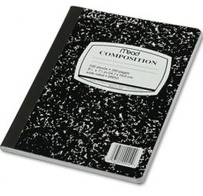
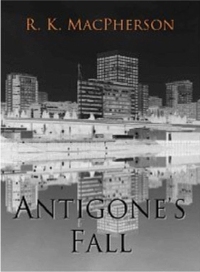
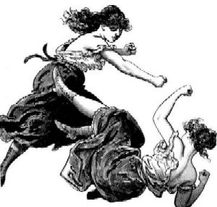
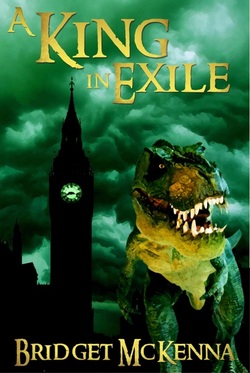
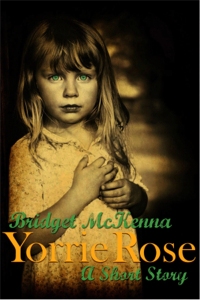
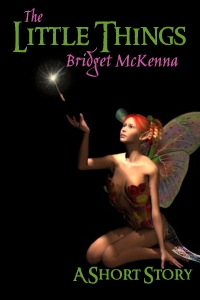
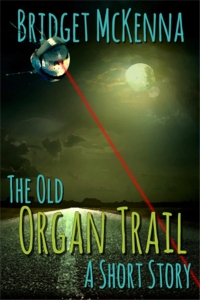
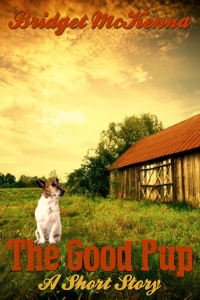
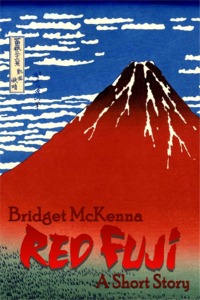
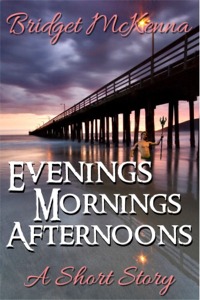


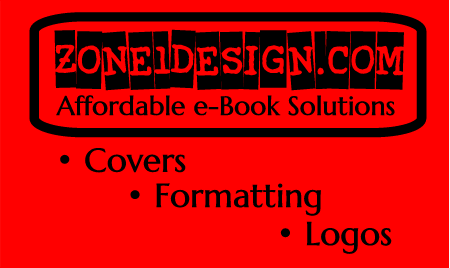
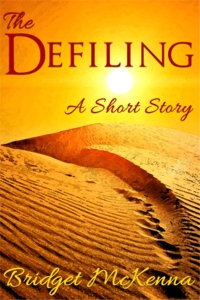

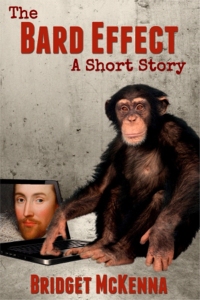
 RSS Feed
RSS Feed

